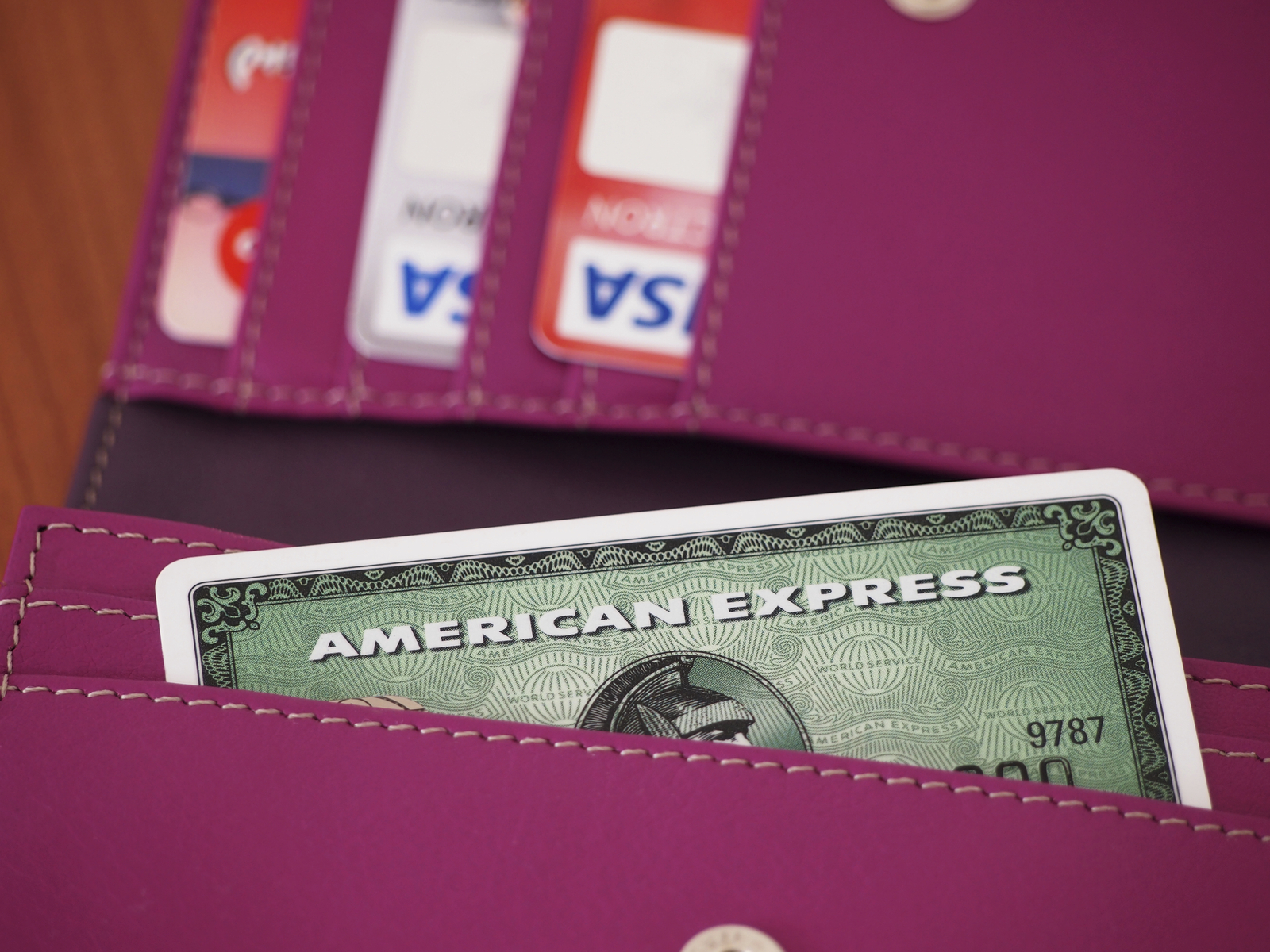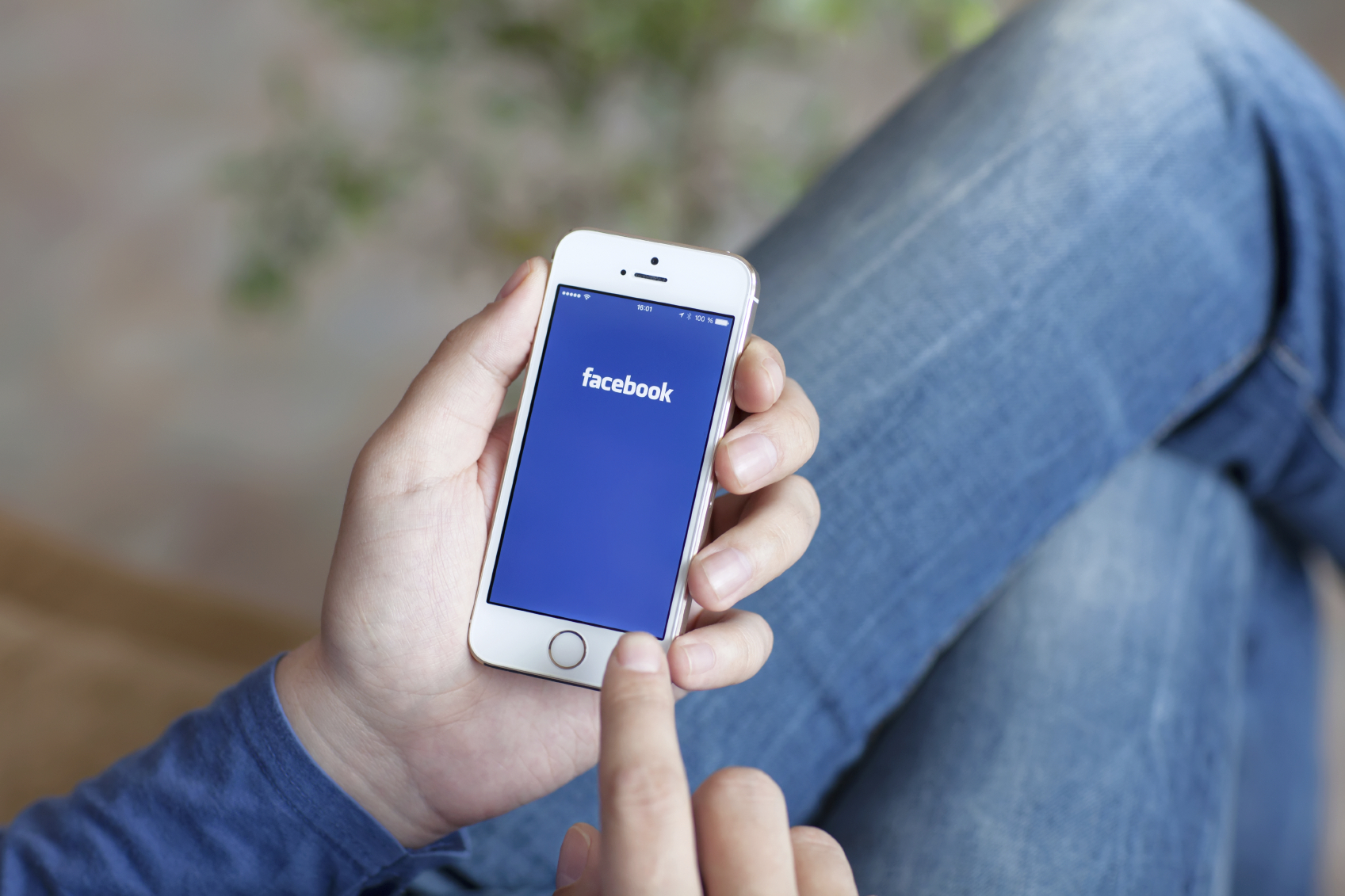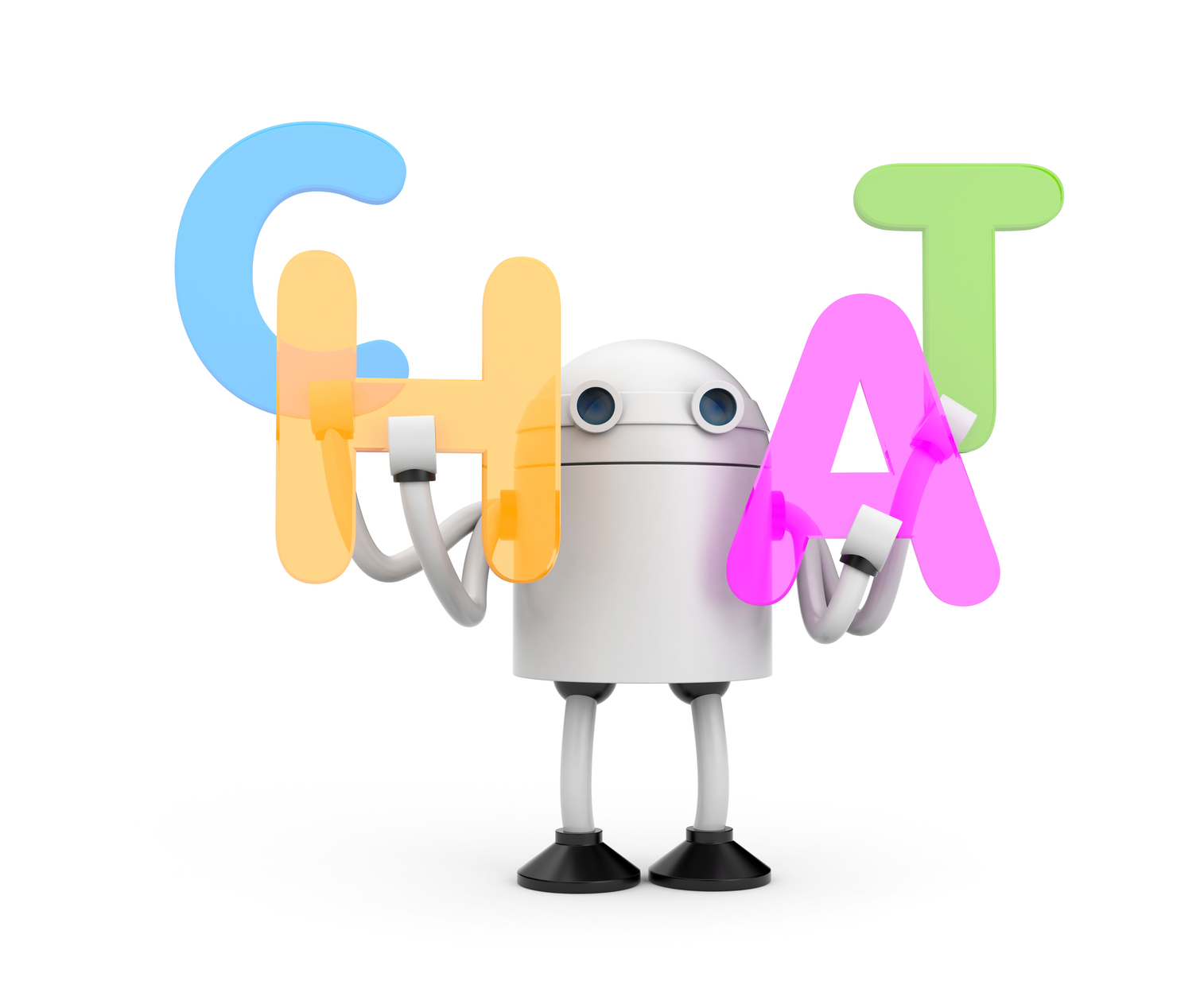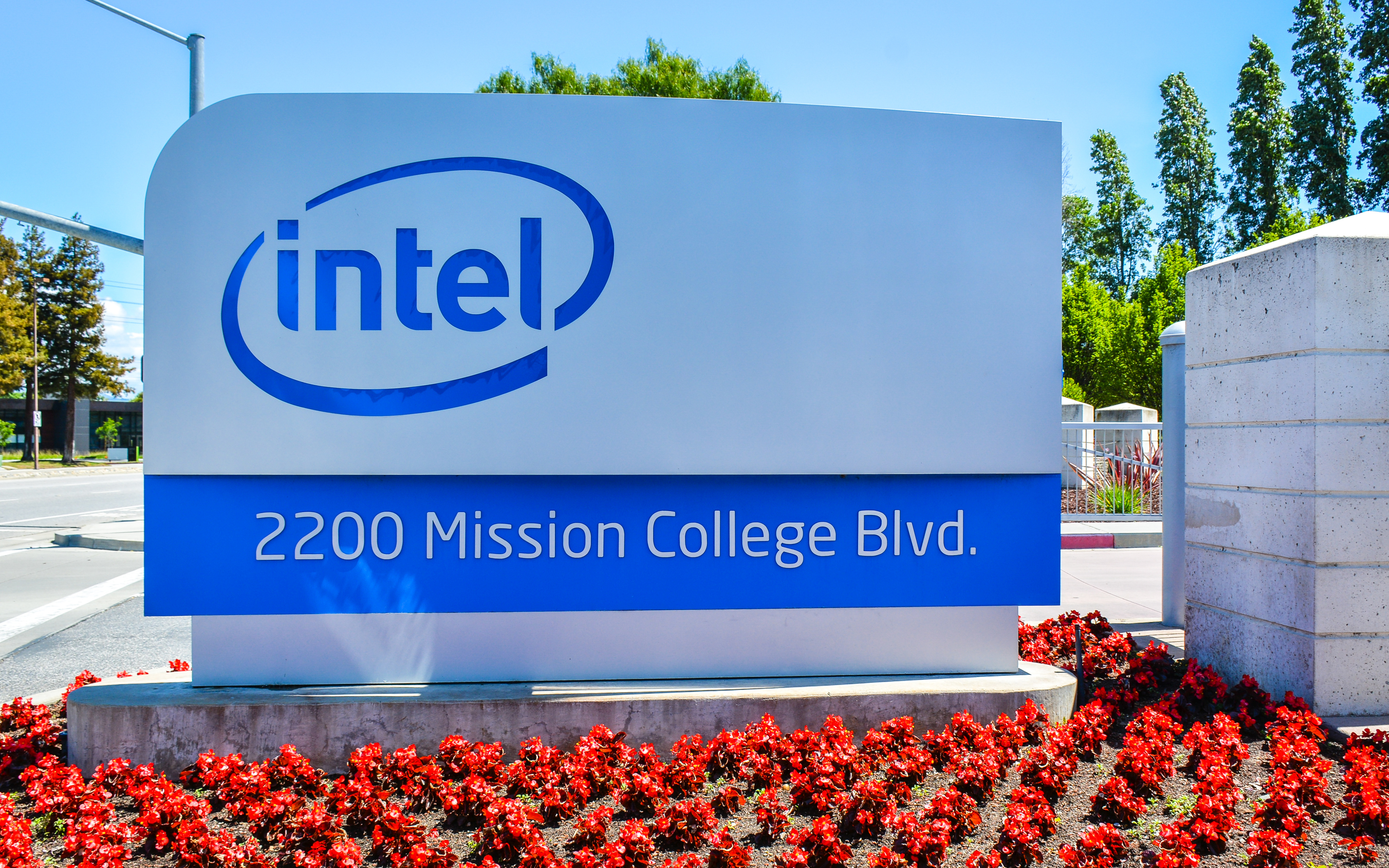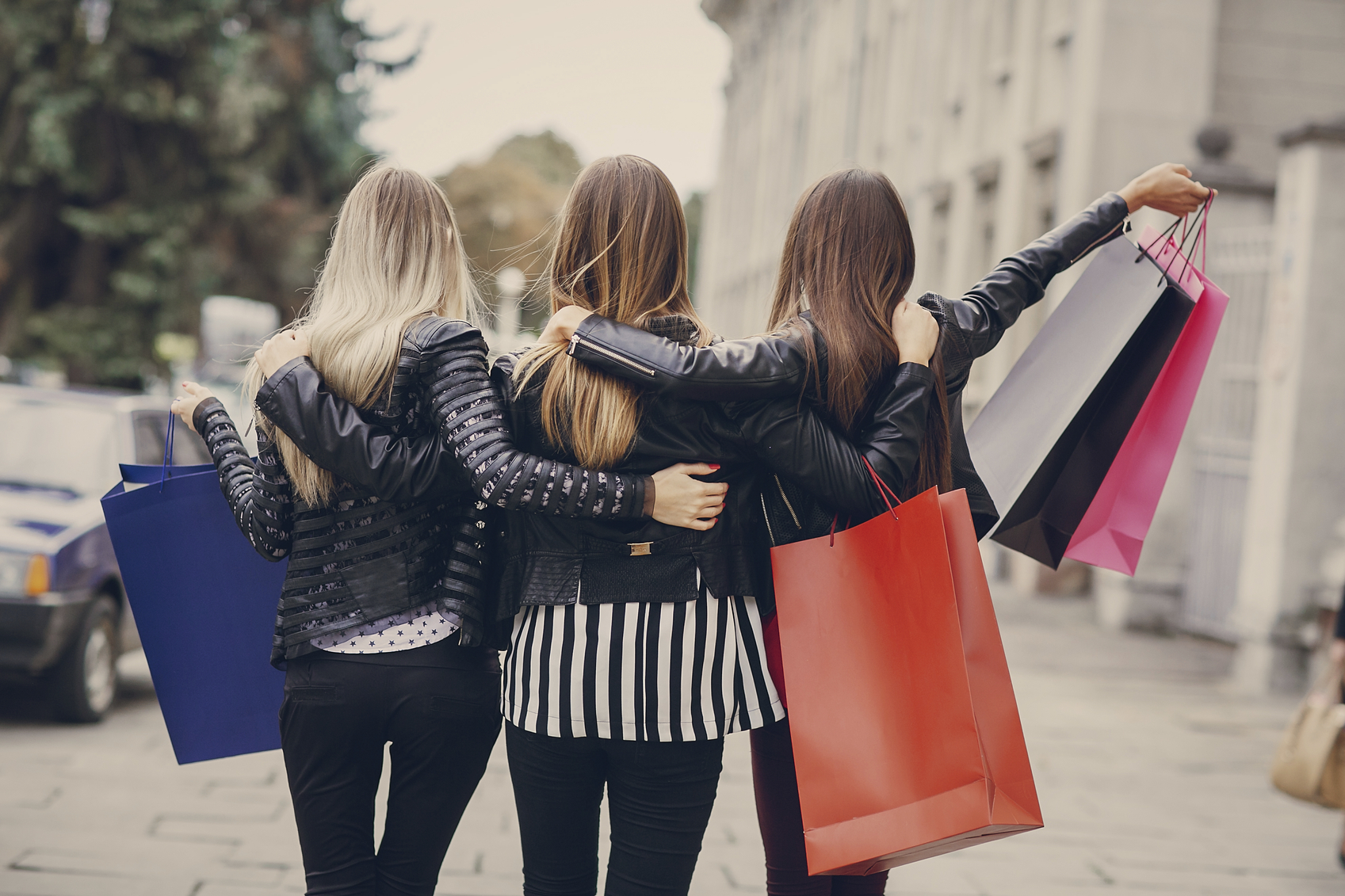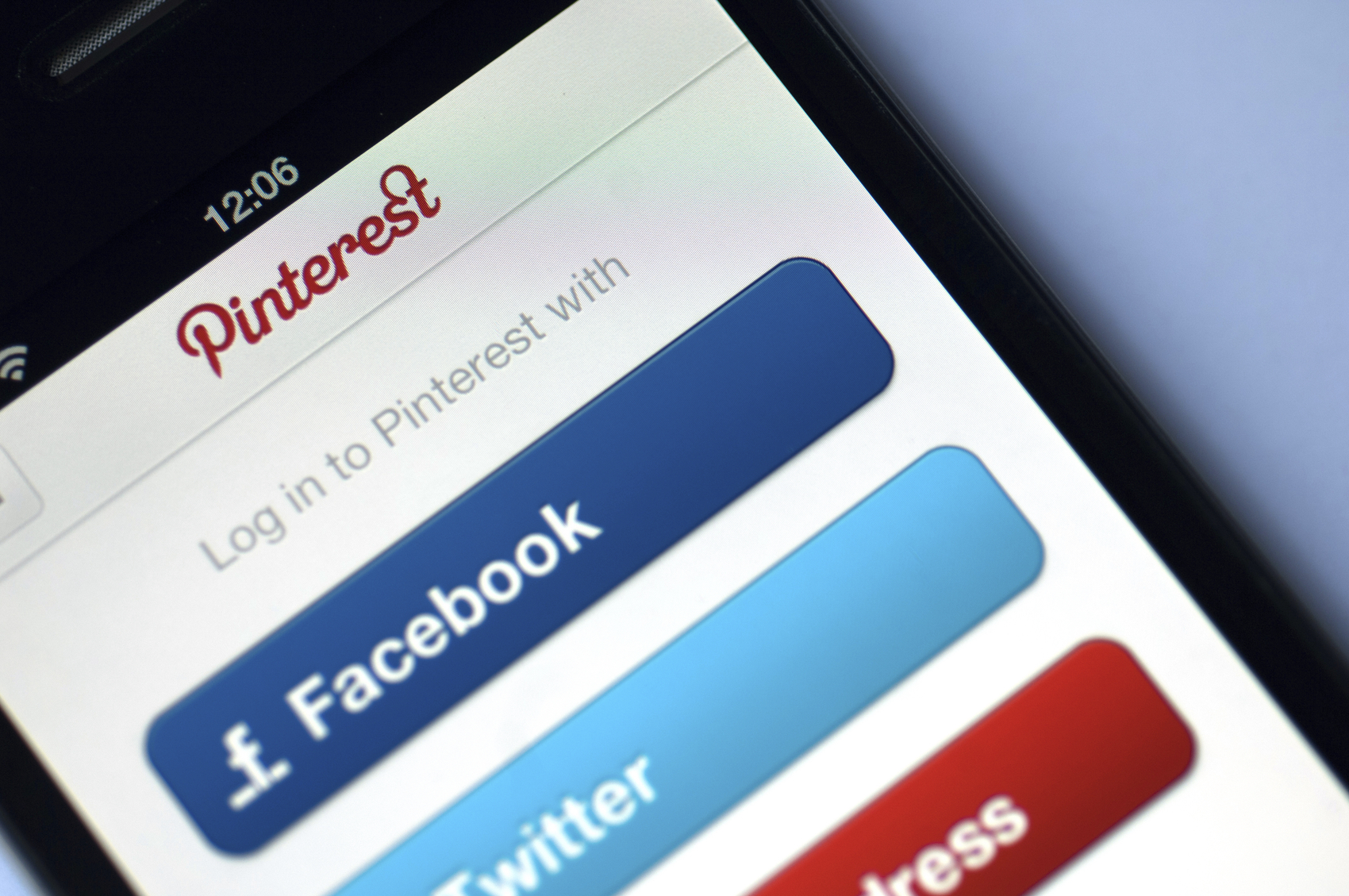What Happened
American Express has snatched the honor of becoming the first financial institution to create a chatbot on Facebook Messenger. The credit card company demoed the chatbot at Cannes Lions with plans for a roll-out in the coming months. Designed to provide transaction alerts and other purchase-related content, the AmEx bot will message users receipts, reminders for flights they purchased, and restaurant recommendations. The company also says it is working on leveraging the purchase data to personalize the recommendations.
What Brands Need To Do
Ever since Facebook introduced chatbots to its messaging app at its annual F8 conference in April, some early adopting brands such as Mondelez and Staples have been experimenting with bots to reach the over 900 million active users on Messenger. With increased usage of messaging apps, brands need to follow the consumer attention and start developing useful bots to better serve their customers.
To learn more about Facebook’s F8 conference this year, click here to read our Fast Forward analysis of the event.
Source: AdWeek
